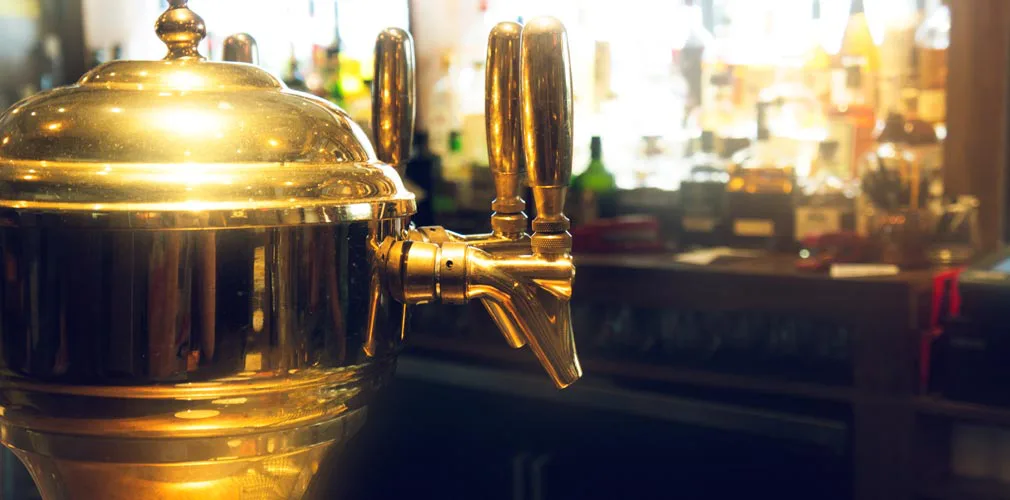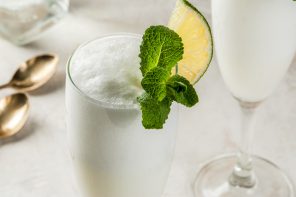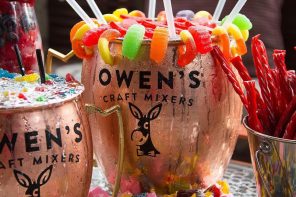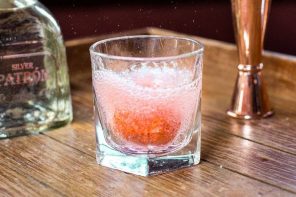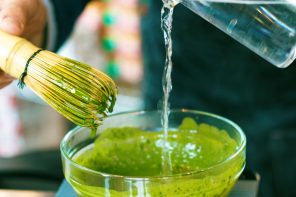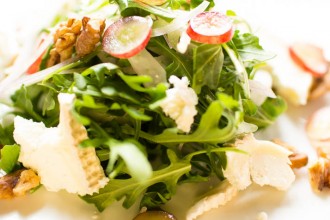“This is pretty good, but have you tried it on draft?”
If you’ve spent any time at all in a bar, odds are you’ve heard this phrase a million times. But you’ve probably never heard it when discussing or drinking cocktails. That’s because cocktails don’t come on tap. Right?
As it turns out, the draft cocktail trend is growing. Bar directors, beverage makers and cocktail masterminds are embracing the kegged longdrink more and more.
At Quality Italian in Manhattan, Bar Director and cocktail creator Bryan Schneider has “tappified” some of the classics. Their Bellini, Dark & Stormy and Negroni all run from mini kegs through lines and directly into your glass, ready to be consumed.
Now, very few would refute the claim that draft beer almost always tastes fresher, crisper and more carbonated than bottled or canned beer. Can the same be said of cocktails?
We asked Bryan for his thoughts and put together a list of the pros and cons that come with on-tap cocktails. What to do next? Get out there and drink a bunch of draft cocktails, for “research” purposes of course!
The Pros
Control- By mixing up cocktails carefully, slowly (without the bustle of the bar) and in big batches, the likelihood of silly errors, imbalances and mistakes is lessened big time. Tap cocktails also ensure that the formulas and proportions bar directors like Bryan prescribe get followed week in and week out.
Consistency- Cocktails on tap “ensure consistency,” so you won’t have to despair if your favorite bartender (the one with the heavy pour) is on vacation. Because each individual drink is coming from a keg containing the same proportions, it’ll always taste the same.
“We have 5 gallon containers, which hold roughly 80 cocktails” notes Bryan. “That’ll last us anywhere from 1-2 weeks.” Unless you can drink 81 cocktails in one sitting, you can rest assured that your Dark & Stormy won’t vary in strength, balance and quality throughout the night.
Carbonation- “Carbonated cocktails are actually improved when on tap. In the keg, the whole drink is carbonated including the spirit, so you get a much more bubbly end product.” Instead of flat rum topped off with ginger beer, a kegged Dark & Stormy is bubbly and tongue tickling through and through. No risk of flatness here.
The Cons
Freshness- Nitrous helps to keep kegged cocktails from getting oxidized and flat, but certain forms of freshness just can’t be accounted for. Often times, citric acids are used in place of real lemon and lime juice and other garnishes. Can that beat a super fresh squirt of lemon juice? Probably not. “You won’t make a better Negroni on tap,” Brian admits. “In some cases it might be inferior to one made fresh by hand.”
Variation- From the perspective of bartenders, chefs, servers and pretty much everybody in food service, consistency is key. But sometimes (at least on the customer’s side of the bar) a little surprise and variation is welcome. So long as your cocktails don’t dip in quality, it can be interesting to try different bartenders’ takes on the same drink. Cocktails on tap are as consistent as it gets, but sometimes consistency can get old.
Personality- Going out for a drink is about more than the drink itself, it’s an unavoidably social experience. Making cocktails can involve all sorts of creativity and showmanship- watching a good bartender craft a cocktail is entertaining. Watching your drink trickle out of a brass tube? It lacks a certain je ne sais quoi.

